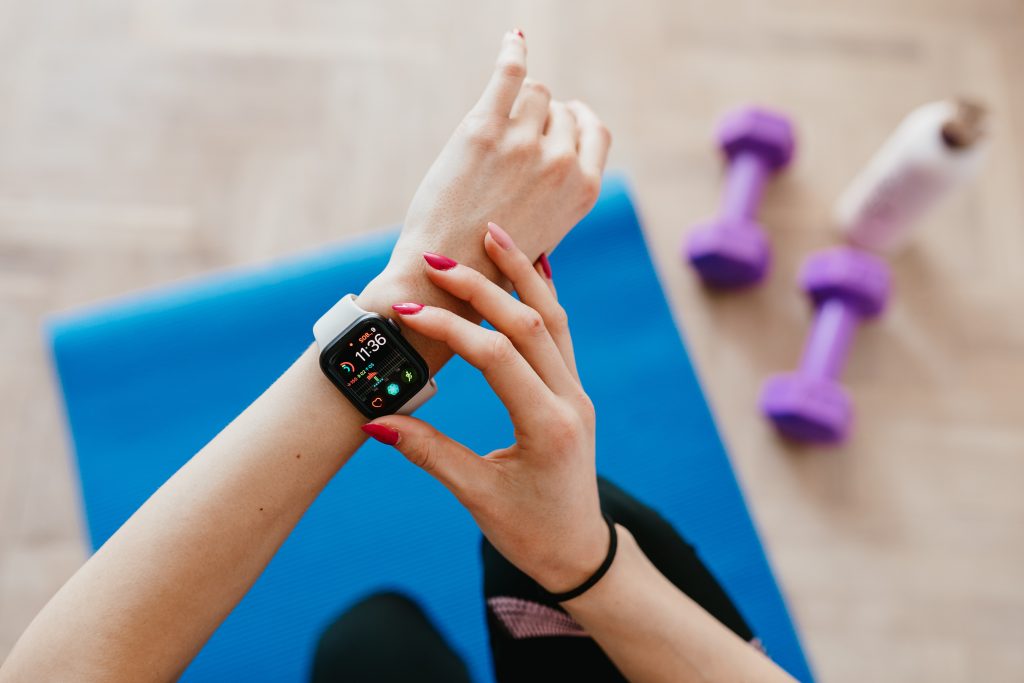For a huge amount of us, a watch is no longer just a way to tell the time. In fact, over 1.1 billion people around the world now rely on their watches and other wearable devices to measure their step count for the day, keep an eye on heart rate and blood pressure and more. Telling the time? That’s so last decade.
Wearable tech has become ubiquitous, with specialist products sitting alongside built in functionality in the likes of the Apple watch. In fact, 92% of smart watch users say that they have made the purchase for health and safety tracking above all else.
Setting goals
One of the key ways that wearable tech helps us improve to improve wellbeing is through giving users goals and easy to follow metrics, especially when it comes to smart watches.
Whether you take your exercise seriously and need a fitness tracker, or just want to make small changes to your lifestyle, wearables can help. For the health fanatics, they can provide the figures needed to consistently challenge yourself and up your game, while beating previous step counts and measuring distance and heart rate are great ways for beginners to grow their confidence.
It has been reported that 87% of wearable owners track their health using their devices, with 34% using them as an activity tracker to increase their daily step rate, and 48% finding they provide the motivation to make sure they do regular exercise.
Medical uses
As well as general fitness, wearables have also been shown to have a positive impact on more specific health issues.
For example:
- 44% of wearable owners use their device to measure or track their heart rate.
- 40% use them as sleep tracking aids, making energy and fatigue more easily understood.
- 27% keep tabs on their blood pressure.
And that’s not to mention the constantly developing and emerging technologies. In the last few years, small, subdermal glucose monitors have made a big difference in monitoring for those living with Type 1 diabetes, while medical diagnostics can be carried out remotely thanks to readings gathered by wearables.
Taking that into account, it’s not hard to understand why wearables have exploded in popularity in recent years, and how they’ve become so common place. With public health at the forefront of our consciousness, especially in a post pandemic world, it seems people are putting in an extra effort to stay on top of their health and fitness. Whether it’s by tracking your heart rate, keeping an eye on your blood pressure or managing your step count – utilising a wearable is a great way to take care of yourself and your body.
